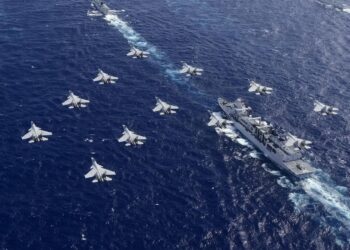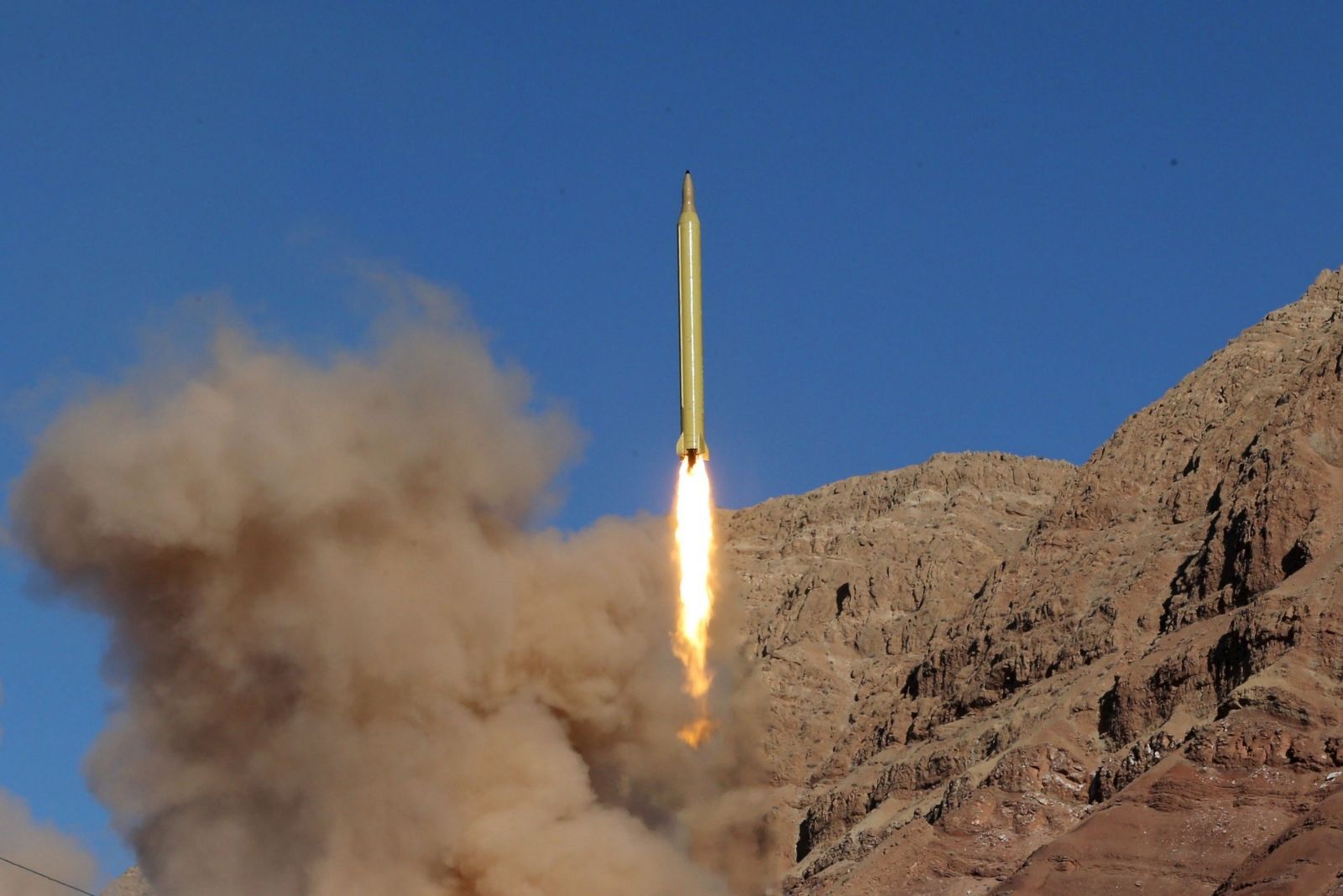Forecast International, NEWTOWN, Conn: Defense spending continues to be a relative afterthought throughout European capitals, despite the increased demands placed on Europe’s militaries to participate in out-of-theater operations under multiple banners. While many are willing to assign their forces to peacekeeping and conflict intervention within NATO, European Union or United Nations missions, where funding for research-and-development or procurement is concerned, government enthusiasm wanes.
In its new “Europe Market Overview,” Forecast International raises questions as to whether the limited defense finances of European states will be drained by participation in both NATO and EU defense structures and whether the recent mushrooming of missions is sustainable.
Currently only four dual EU-NATO members have military budgets that allocate the NATO minimum requisite of 2 percent of annual GDP for defense: France, the United Kingdom, Bulgaria and Romania. The latter two are the newest (and poorest) members of the EU and, while tasked with replacing their aging Soviet-era equipment for NATO-compatible ware, their budgets themselves are insufficient. Greece – typically one of the bigger defense spenders in Europe – is reining in its budget, bringing it down to 1 percent of GDP or less through 2015.
Forecast International projects that, by 2011, total defense spending across the European continent will amount to just under $300 billion.
The EU, which has no formal army of its own, declared its first two “battlegroups” operational at the start of the new year. These 1,500-strong multinational rapid response groupings are largely envisioned to lead peacekeeping or humanitarian operations and are considered by some a first step toward the creation of a deployable 60,000-strong EU Corps under the Helsinki Headline Goals of 1999.
But the NATO Alliance, too, has its own NATO Response Force (NRF) of 25,000 troops which was formed with the intent that it would be deployable within days to conduct a variety of operations in intemperate zones. However, NATO officials already have been forced to scale back their ambitions in the face of the hard realities presented by its members’ smaller armies and tighter budgets, and believe the same issues will ultimately plague the EU battlegroup effort.
“While the EU so far has been careful to avoid overlap with NATO and serves to relieve the Alliance of less intense missions such as have been seen in Bosnia-Herzegovina, it does bear watching as to whether limited defense finances will be diluted by competition for the same funds,” says Dan Darling, Forecast International Europe Military Markets analyst. “As it now stands, the European dual EU-NATO members have a rough total of $234.34 billion allocated toward defense among them for 2007, with the combined spending of France and the U.K. representing almost 55 percent of that total. And this is only the financial aspect – the manpower and equipment facets of each nation’s armed forces are also severely strained, ultimately leaving two structures competing for the same limited resources.”
The post-Cold War European inclination has been to cut force totals in an effort to create more nimble, readily deployable militaries, while also curbing defense expenditure.
Meanwhile, Europe’s governments have summoned these smaller forces to take on more missions with fewer resources. “Ultimately this trend cannot continue on either the financial or manpower scale, particularly as a new defense arm with separate demands takes root,” Darling notes.
According to Forecast International, defense spending across the entire European continent will reach only $266 billion in 2007, or about 58 percent of the U.S. baseline defense budget of $462 billion for the current fiscal year. And it isn’t only the militaries that suffer from a shortage of funds – many of these nations’ domestic defense industrial bases feel the crunch from lack of state orders needed to sustain themselves.
“What you have today is a Europe that seeks to project greater international involvement and security responsibility, whether through defensive measures in Afghanistan or humanitarian or peacekeeping operations in Lebanon, Kosovo and areas of Africa,” Darling continues. “Yet these governments are asking more from their downsized militaries while providing less by way of defense appropriations – perhaps out of reluctance to deviate funds from more politically popular domestic social programs. So long as Europe’s public at large lacks the perception of a distinct security threat, raising defense spending will not be an immediate concern in European capitals, thus forcing governments to confront hard choices such as scaling back the number of missions, or through consensus altering the NATO (or EU) funding of these operations whereby each member pays individually for their participation.”
Forecast International, Inc., is a leading provider of Market Intelligence and Analysis in the areas of aerospace, defense, power systems and military electronics. Based in Newtown, Conn., USA, Forecast International specializes in long-range industry forecasts and market assessments used by strategic planners, marketing professionals, military organizations, and governments worldwide.
Taiwan detects 37 Chinese aircraft near island
Taiwan said it detected 37 Chinese fighter jets, drones and other aircraft near the self-ruled island on Sunday as Beijing...









